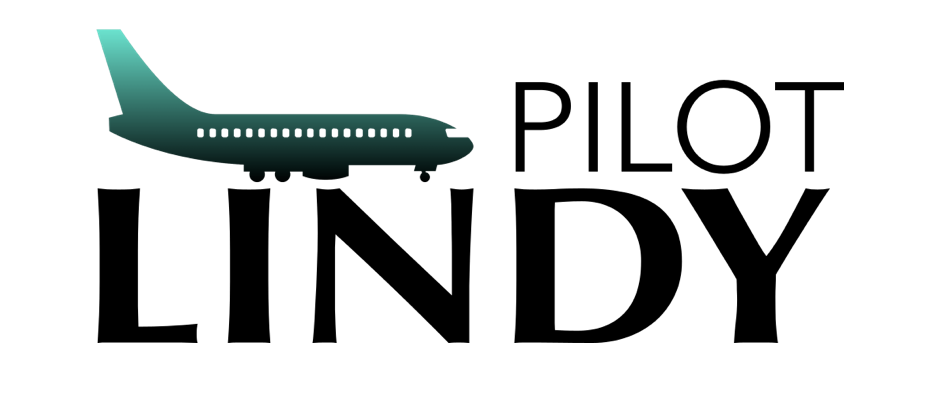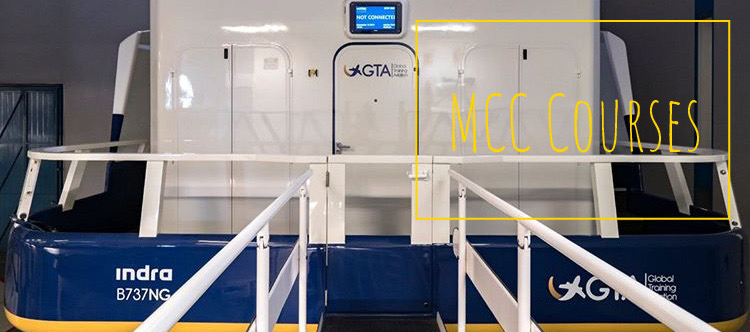In the previous blogposts I wrote about choosing a flight school and the general requirements. In this post I would like to include some extra information about the different types of flight schools and to explain different options that you might not have heard of before!
Initially I have been writing about the Integrated ATPL course, which is the course that I did (and know most about). However, there are different options that you could take into consideration! Press on the READ MORE button to find out!
A pilot course costs a lot of money. I did the Integrated ATPL course in Spain and I paid EUR 95.000 for this course (including accommodation for two years). I am very glad that I could take a loan at the bank to pay for my studies, but I am still paying the bank every month for the monthly interest and trying to reduce the amount I owe the bank. It is now 5 years since I finished flight school and I expect to have paid back the full amount within the next 10 years. It’s a huge investment which turned out positively for me, but with huge investment comes huge risk.
I realise that many people have the dream of becoming a pilot but are unable to afford it or are unable to take the financial risk. I therefore have written some options that you may take into consideration instead.
Airline Cadet Scheme
Some airlines have cadet schemes where they hire suitable candidates and educate these candidates themselves. This means that you can apply for the cadet programme without any pilot licence. If you are accepted, you will do the pilot training internally and you are sure to have a job with that airline after finishing the ATPL course.
Some companies that have a cadet programme don’t ask for money beforehand, but will take it (either full or partially) off of your future salary once you start working with them as an airline pilot. In that case, they would take a bit of money every month from your salary.
Another case would be that they do require you to pay the training cost beforehand, but in comparison to doing a normal (non-airline) integrated ATPL course, you are sure of getting a job immediately after you finish flight school. This would take away the financial risk.
Keep in mind that you are only assured a job if you pass all exams in flight school and of course that you behave well at all times. You can find on this website under the section ‘Useful Links’ a list with Airline Cadet Programs.
Country sponsored pilot course
One of the best things that I heard of, is that some countries have programmes of sponsoring pilot training for some of their citizens. I know that France and Sweden have these kind of programmes. Of course, the selection process to get accepted is very tough, but once you pass it, you don’t have to pay for the pilot training at all! In my opinion this is a great deal – if you have the opportunity!
Military pilot course
Being a military pilot in the airforce is completely different than commercial pilot in an airline. But, some military pilots join airlines after their years of service. As military pilots are needed for the country’s defence, the government covers the flight training. But of course, not every (future) pilot is suitable for the airforce. Selections are very tough and you need to be sure that you can cope with this type of job.
Some of my captains have flown for many years in the airforce and I have noticed that these colleagues who have been trained in the airforce are very skilled and fly the plane as if it’s an extension to their body!
Modular or Distance learning ATPL course
Finally, another way to pay for the pilot education, could be to do the course modular rather than integrated. In a modular course, you do every module in your own time. You could work full time to fund your pilot training and every time you have saved enough money, you could start a new module. It may take longer to finish the whole training, but at least you will finish flight school with no debt!
There are also schools that provide distance learning, it’s much cheaper as you don’t attend theory classes but do all the studying by yourself. You will receive all the study books (eBooks) and prepare for the official exams by yourself. It does usually come with brush up courses which allows you to ask all your questions in person, but in general you can do it at home!
I hope these different options are helpful to you. As always: Do your research online so that you can find out what is the most suitable option in your situation.
For all of the above cases: This is just a small description of different programmes and opportunities. Keep in mind that you must always read and understand the contract before you sign anything. You must be aware of any risk there may be and all the conditions that apply.




Pingback: How to become a pilot #04: ATPL Theory Subjects | Pilot Lindy
I never knew that there were schools that provided distance learning in which a cheaper option is available. My friend wants to become a pilot and he is looking for a good way to get started. Thanks for all the different methods of flight school. I’ll be sure to let him know of the various options so that he can start his flight training as soon as possible.
Hi Lindy! I was on the website of the school Europeans flyers and I saw that there was two types of ATPL courses.
One consist on 160 hours and another in 180 hours, I started looking for the difference between them but I only notice that the price changed but I missed the information about how the 180 h ATPL would be better
Could you help me?
You are such an inspiration!
Hi Lindy! I was on the website of the school Europeans flyers and I saw that there was two types of ATPL courses.
One consist on 160 hours and another in 180 hours, I started looking for the difference between them but I only notice that the price changed but I missed the information about how the 180 h ATPL would be better
Could you help me?
You are such an inspiration!
Hello Mariana! I just took a look on the website and indeed it seems that the course program is the same. With both courses you will have the legal amount of hours to obtain the licence. Just be aware that some airlines require a certain amount of hours for newly graduated pilots. If you want to have an idea about airline entry requirements, have a look at http://www.pilotcareercentre.com or http://www.pilotjobsnetwork.com! Let me say it in this way: having more hours is always a good thing, but make a calculation of the price. If those 20 extra hours are with instructor, the rate of 200€ per hour is quite a good price, and it can be very useful. If those 20 hours are without instructor, so extra solo flights, maybe it’s not the best deal, as for that price (or less) you can also rent a plane after obtaining your licence to get some extra flight hours.
I would recommend you to make an appointment to go and visit them and ask all the questions you have! You can ask them how many hours per module (you can expect the modules to be PPL, solo flights, CPL, Instrument Rating, Multi Engine and MCC (the last one is done on the simulator). Good luck with everything and if there’s anything I can do to help you, let me know!